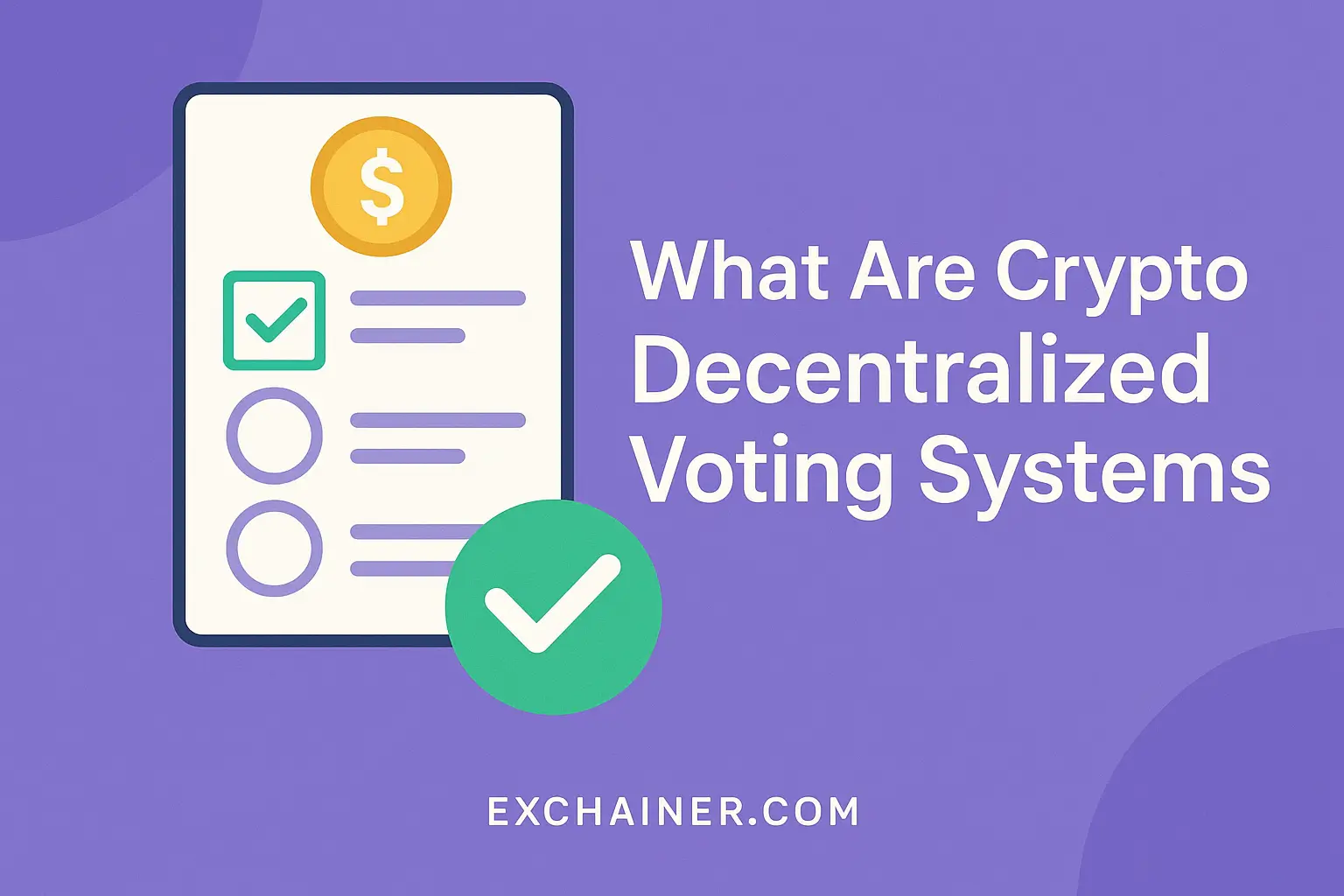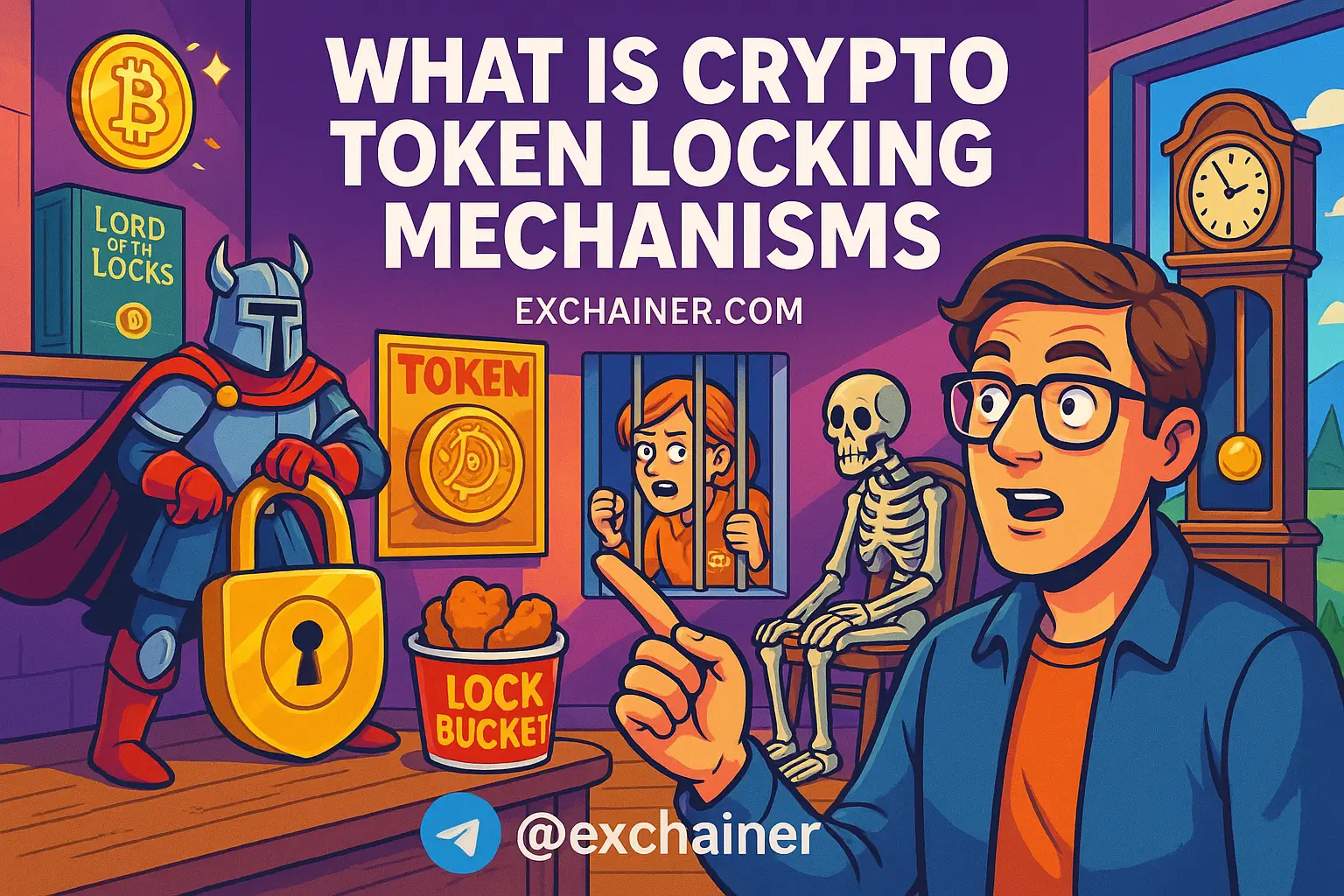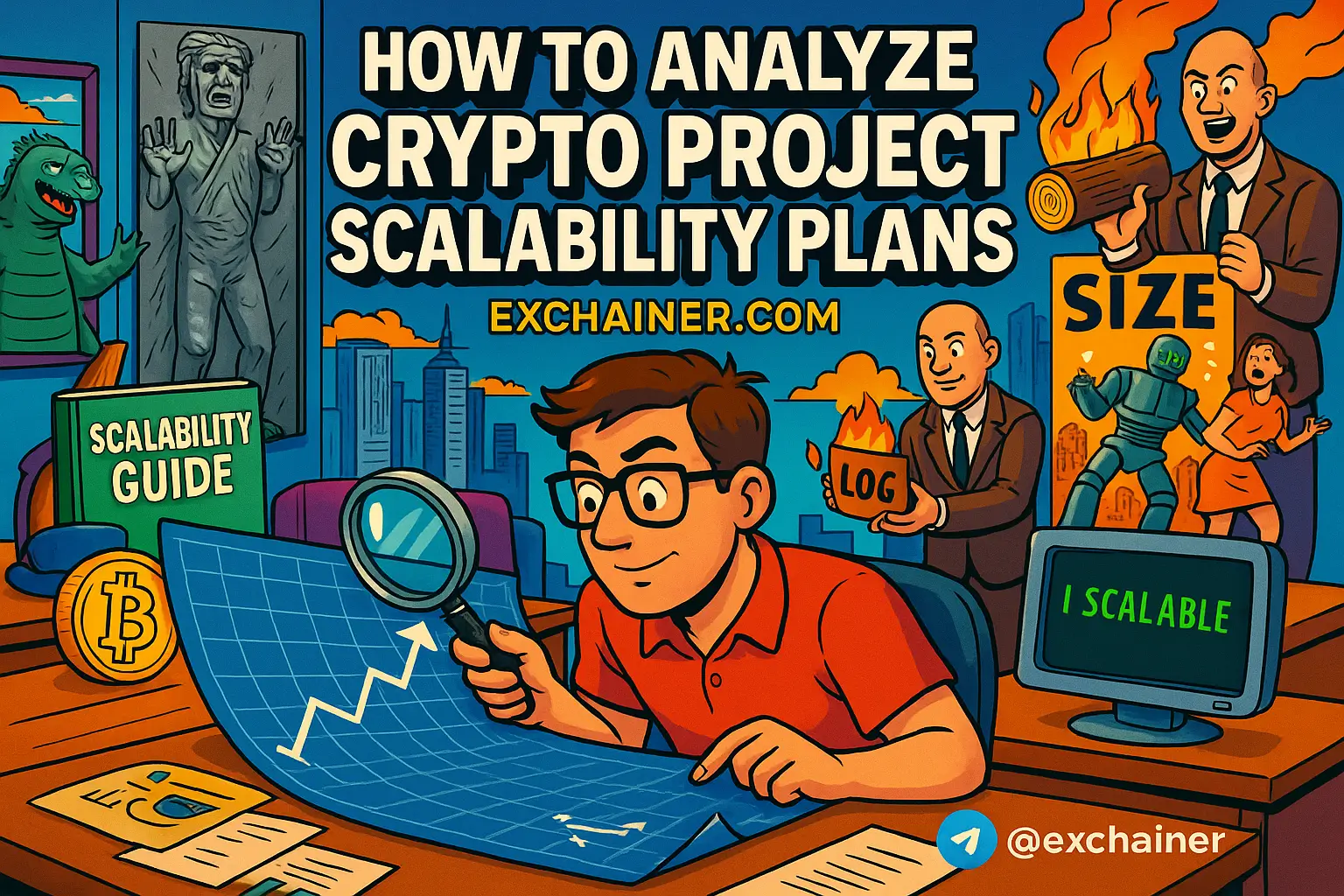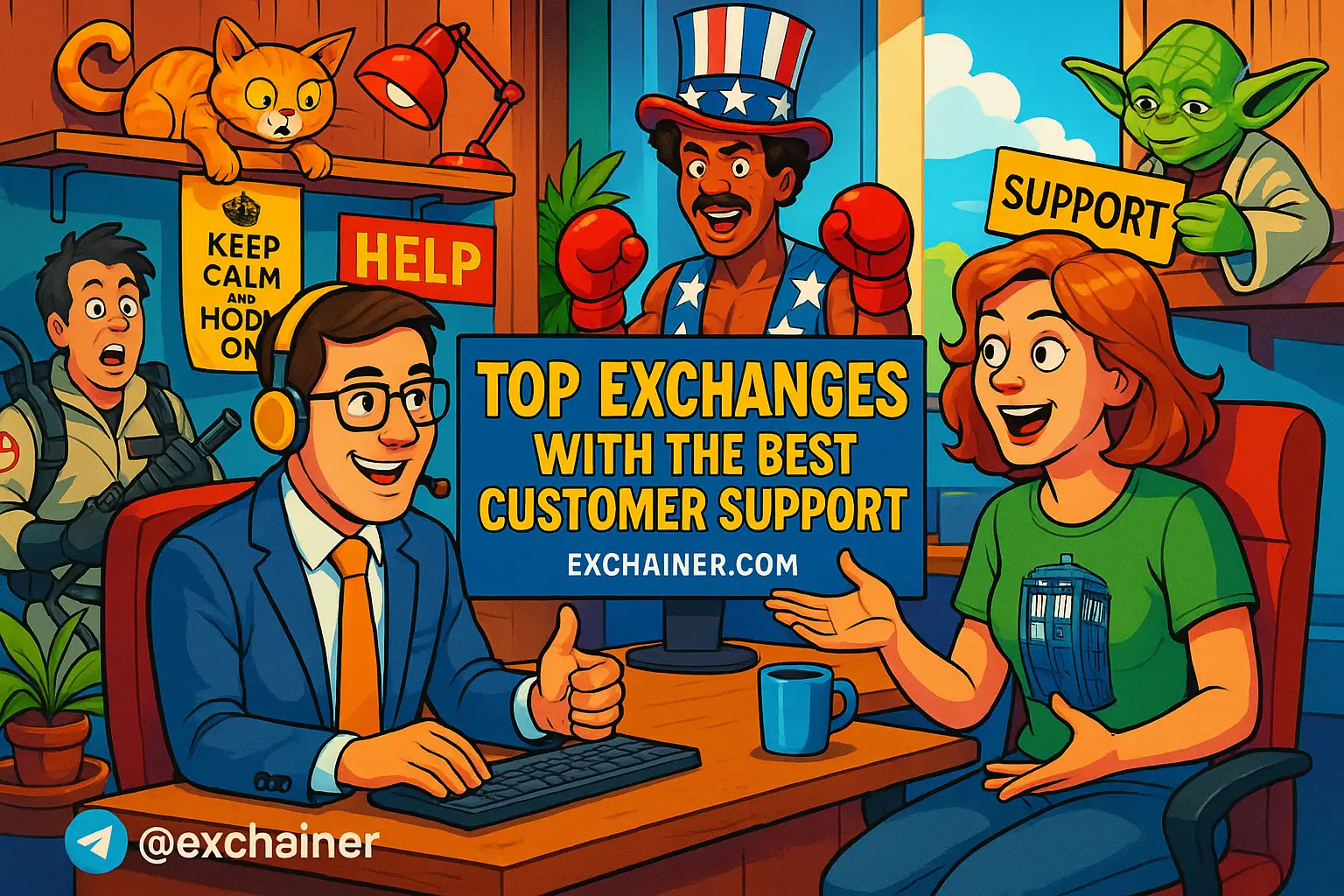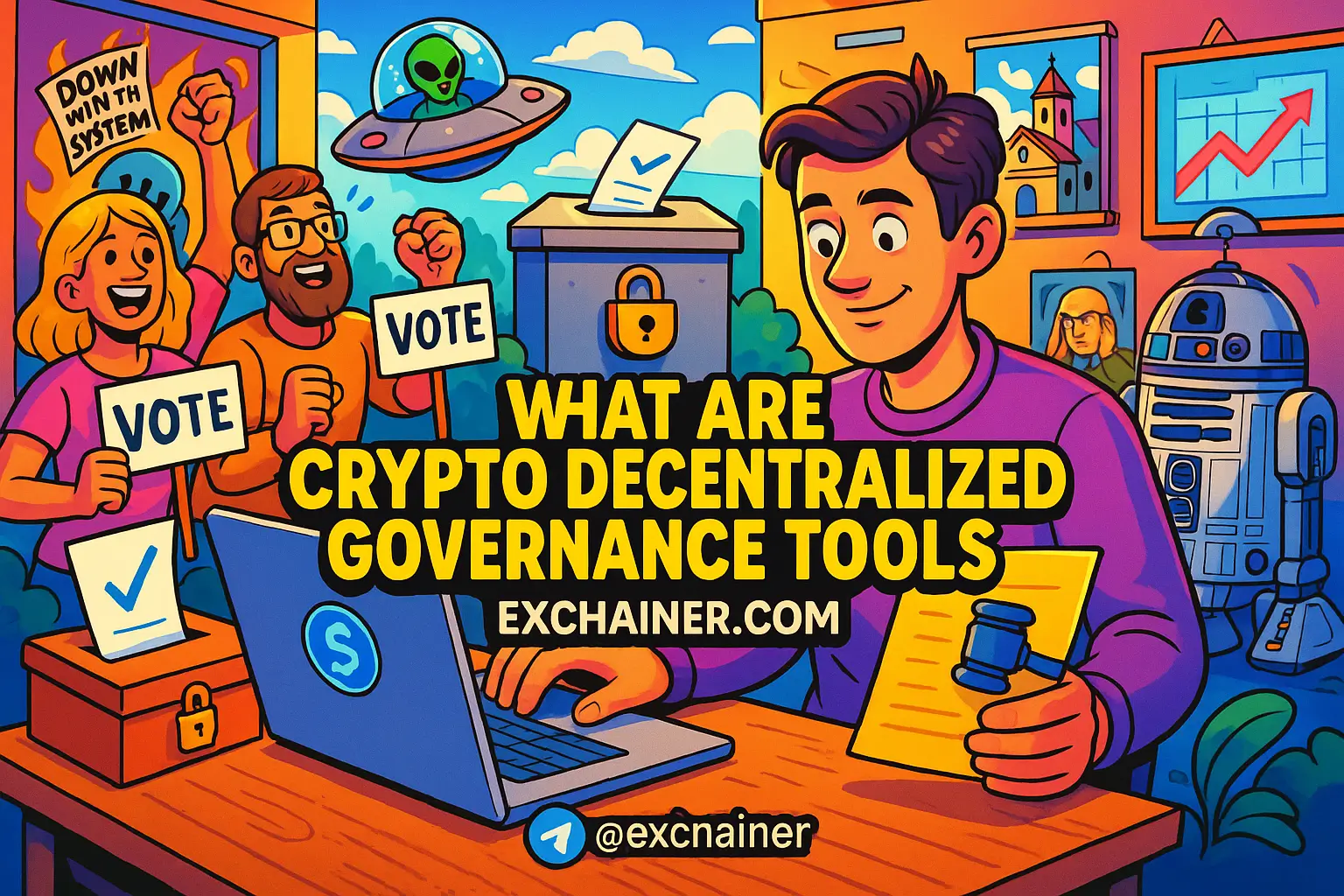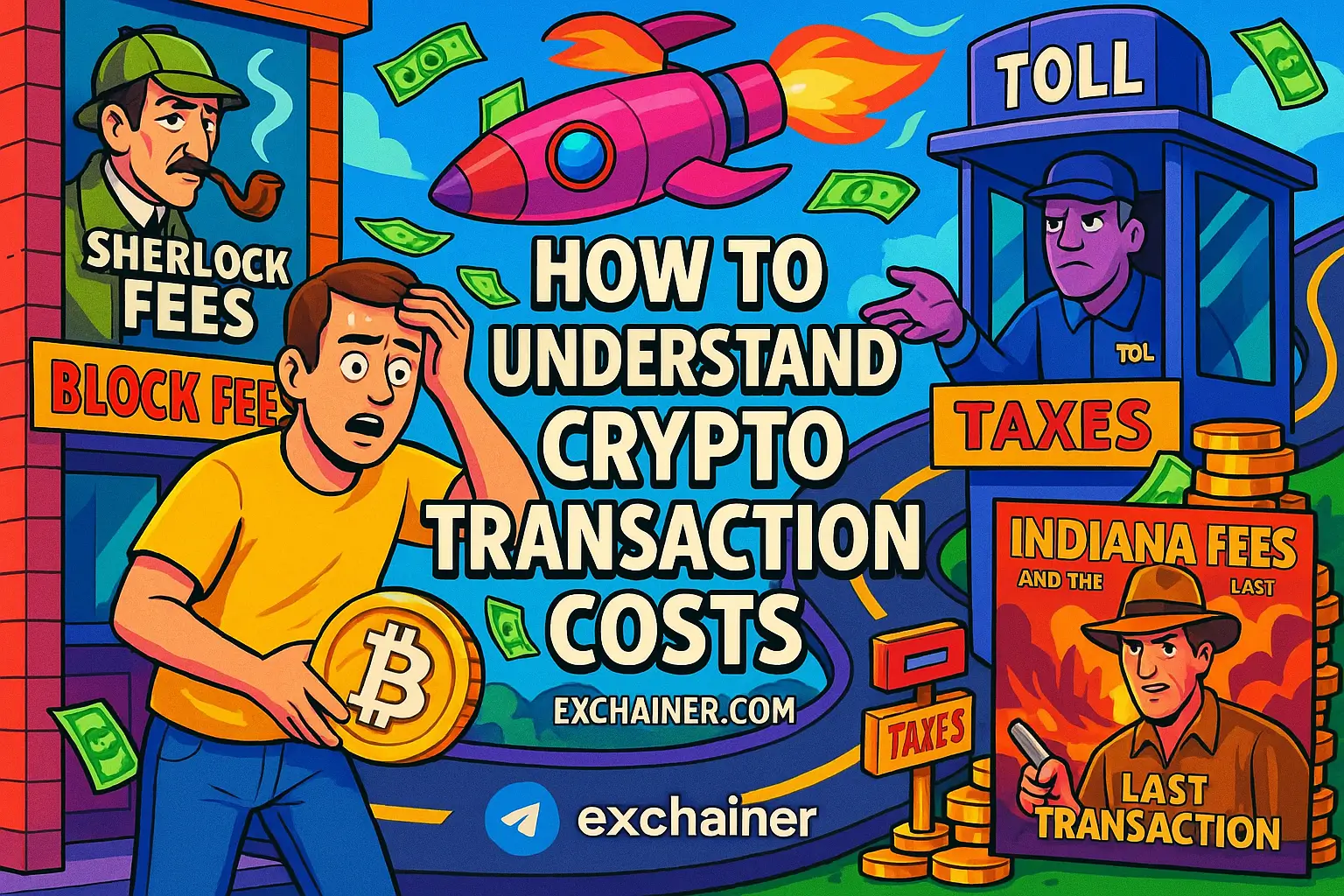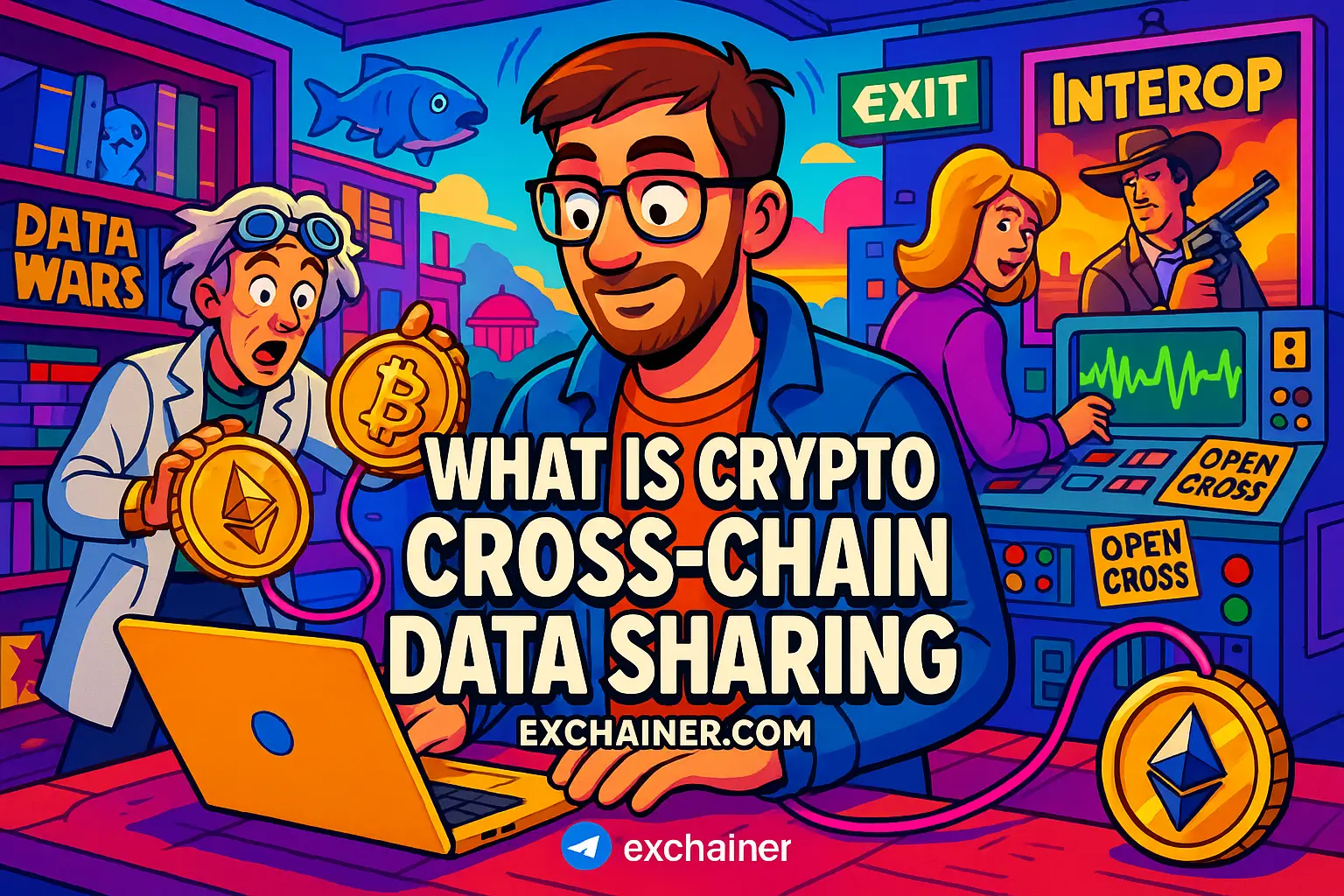Friends, if you’ve dipped your toes into the cryptocurrency world, you’ve likely heard about how decentralization is revolutionizing more than just finance. One fascinating area gaining traction is decentralized voting, a concept reshaping how communities make decisions. Imagine voting systems free from centralized control, censorship, or manipulation—a transparent and trustless method that fits perfectly within the ethos of digital currency and blockchain technology. In this article, we’ll dive deep into decentralized voting, explore how it works, why it matters, and how it’s shaping the future of governance within crypto and beyond.
Understanding decentralized voting is essential for anyone intrigued by cryptocurrency basics and eager to grasp the full potential of blockchain technology. It isn’t just geeky talk for developers; this innovation promises greater fairness and security for collective decision-making. Whether you’re a crypto enthusiast, investor, or a curious beginner trying to decode what is crypto beyond just Bitcoin and digital wallets, this guide will unpack decentralized voting in plain language with real-world examples and practical insights.
Decentralized Voting: A New Dawn in Decision-Making
At its core, decentralized voting means conducting elections or community decisions on a blockchain or distributed ledger, without relying on a single authority or intermediary. This method ensures that the voting process is transparent, tamper-proof, and verifiable by anyone with access to the system. Unlike traditional voting systems prone to fraud or centralized abuse, decentralized voting leverages cryptography and consensus mechanisms—all foundational elements in understanding cryptocurrency basics.
Think of it this way: In a conventional election, a central organization counts votes behind closed doors. With decentralized voting, every vote is recorded on a public ledger, visible and immutable. This transparency breeds trust, making it nearly impossible to cheat the results. The entire process relies on blockchain’s inherent security features, ensuring each voter’s privacy while confidently verifying their identity.
One popular blockchain for such voting experiments is Ethereum, known for its smart contract functionality. Smart contracts are self-executing agreements encoded directly onto the blockchain, enabling automated, fair vote counting without manual intervention. This removes human error and prejudice that typically plague voting.
How Does It Work Technically?
In a decentralized voting system, users usually prove their eligibility through cryptographic keys—unique to each participant. When a vote is cast, it gets encrypted and sent to the blockchain. The vote remains sealed until counting begins, ensuring secrecy. Once the voting period ends, smart contracts tally the votes based on pre-set rules visible to all participants. This process boosts confidence that results are final and free from manipulation.
The system often uses proof-of-stake or other consensus algorithms to validate transactions, ensuring that the voting records are updated correctly across all nodes (computers) in the network. Because no single node controls the data, attempts to alter past votes require overwhelming computing power, which is impractical and nearly impossible.
Why Decentralized Voting Matters in the Crypto Space
Decentralized voting taps directly into the promise of blockchain—empowering users, increasing transparency, and reducing reliance on gatekeepers. For crypto projects, especially decentralized autonomous organizations (DAOs), it transforms governance into a truly community-driven process.
DAOs are organizations without central leadership, managed entirely by members through voting. This could relate to project development choices, fund allocation, or policy changes. Decentralized voting ensures all token holders have a say proportional to their stake or contribution, embodying the democratic spirit of decentralized finance (DeFi).
Beyond crypto, decentralized voting could revamp corporate governance, political elections, and even shareholder meetings—where trust and integrity are critical yet often compromised. Imagine a world where voter fraud is immensely difficult, participation spikes due to ease, and transparency erases doubts.
Real-World Examples of Decentralized Voting
One standout example is Aragon, a platform built to create and manage decentralized organizations using blockchain-based voting. Members can propose and vote on initiatives in real-time. Another is Snapshot, widely used for off-chain governance voting, enabling rapid and cost-free decisions that update on-chain after consensus, bridging efficiency and security.
Even governments have shown interest. Countries like Estonia have pioneered e-governance using blockchain elements, highlighting the potential for decentralized voting to scale beyond hobbyist crypto projects into real political processes.
Potential Challenges and Limitations
Alright, before you rush to cast your vote on a blockchain, it’s important to understand the hurdles ahead. Decentralized voting is not a perfect magic bullet; there are practical and theoretical challenges that the community is actively tackling.
Voter Privacy and Anonymity: While blockchain’s transparency is its strength, it also raises concerns about privacy. How do you ensure votes remain confidential without sacrificing verifiability? Technologies like zero-knowledge proofs are being integrated to resolve this tricky balance.
Accessibility and Usability: Voting systems must be easy for all ages and tech abilities. If casting a vote requires advanced knowledge or complicated tools, participation suffers. User-friendly wallets and interfaces are vital for adoption.
Scalability: Voting processes, especially during large elections, can generate massive blockchain traffic. Networks need to support high throughput to avoid delays and high transaction fees—an issue seen with Ethereum during busy periods.
Regulatory Hurdles: Voting laws and regulations vary widely across jurisdictions. Integrating decentralized voting in official elections requires legal scrutiny and lawmakers open to change.
Overcoming Technical and Social Barriers
Developers are working on Layer 2 solutions—secondary frameworks built on top of blockchains—to enhance speed and affordability. Projects like Polygon and Optimism offer faster transaction processing, which can support voting applications better.
Community education, a key ingredient for crypto adoption, also applies here. If voters understand the value and mechanics of decentralized voting, their trust and engagement will grow exponentially.
How to Get Started with Decentralized Voting in Crypto Communities
If you’re curious to participate in decentralized voting, here are some practical tips to get plugged in:
1. Join a DAO or Crypto Community: Platforms like Aragon or MolochDAO welcome new members who can vote on proposals affecting community projects.
2. Use Wallets Supporting Voting: Digital wallets such as MetaMask or Trust Wallet enable you to connect directly to voting platforms, often integrating Layer 2 networks to manage fees efficiently.
3. Stay Informed About Proposals: Use forums, Discord servers, or governance dashboards to track upcoming votes and understand implications.
4. Learn to Verify Vote Casts: When you vote, you can usually check your transaction on blockchain explorers like Etherscan. This transparency is what makes decentralized voting revolutionary.
Participating strengthens your voice in the community and deepens your grasp of crypto governance mechanisms. It’s a fantastic way to move beyond passive holding into active involvement.
Looking Forward: The Future of Decentralized Voting
As blockchain technology matures, decentralized voting will grow more sophisticated and widespread. Innovations like biometric verification integrated with privacy-preserving cryptography could make voting seamless and secure for millions. Expansion into civic elections, corporate governance, and international organizations might not be far off.
Elon Musk once said, “The future belongs to those who innovate and empower others through technology.” Decentralized voting embodies this spirit by shifting power from centralized authorities to individuals and communities worldwide. If you want to understand the pulse of this movement, keep an eye on developments within crypto governance and DAO platforms—they’re the laboratories of tomorrow’s democracy.
Conclusion
Wrapping up, decentralized voting is a game-changer in both the crypto world and beyond. It leverages blockchain’s transparency, security, and immutability to create a fairer, more democratic system for decision-making. For crypto enthusiasts and beginners alike, understanding decentralized voting opens doors to active participation in a world where your vote truly counts.
While challenges like privacy and scalability remain, rapid technological advances and growing community interest suggest a bright future. Whether you’re holding tokens in a DAO or just curious about how cryptocurrency technologies evolve, getting to grips with decentralized voting is an exciting step.
Feeling inspired? Start exploring more about cryptocurrency basics and decentralized finance on Exchainer’s Crypto 101. You can also dive into trusted exchange reviews to find the best platforms supporting crypto governance. Don’t forget to check out handy tools and wallets to boost your participation and security when voting or trading.
Step confidently into the future of finance and governance. Your vote is more powerful than you think!

